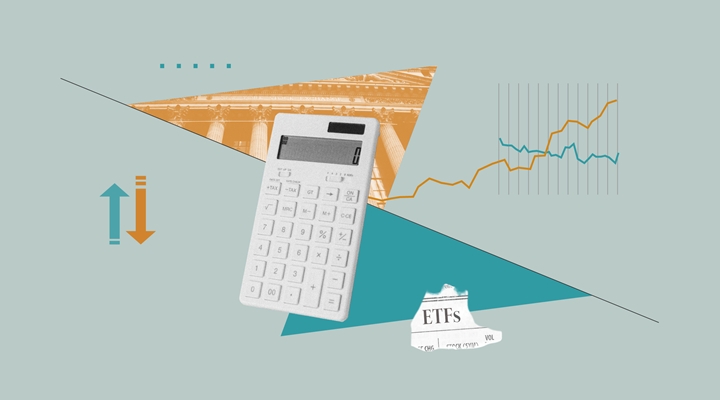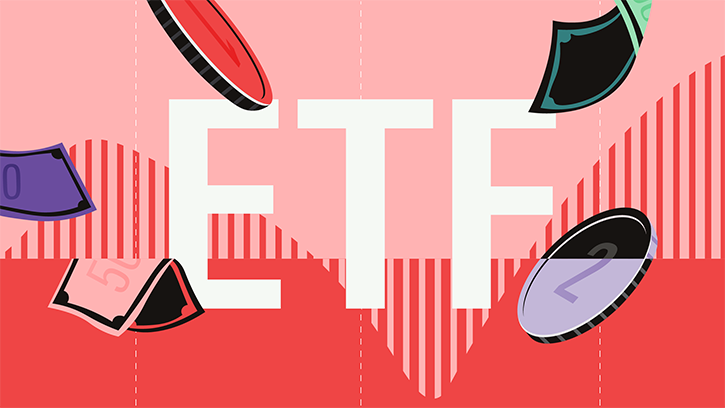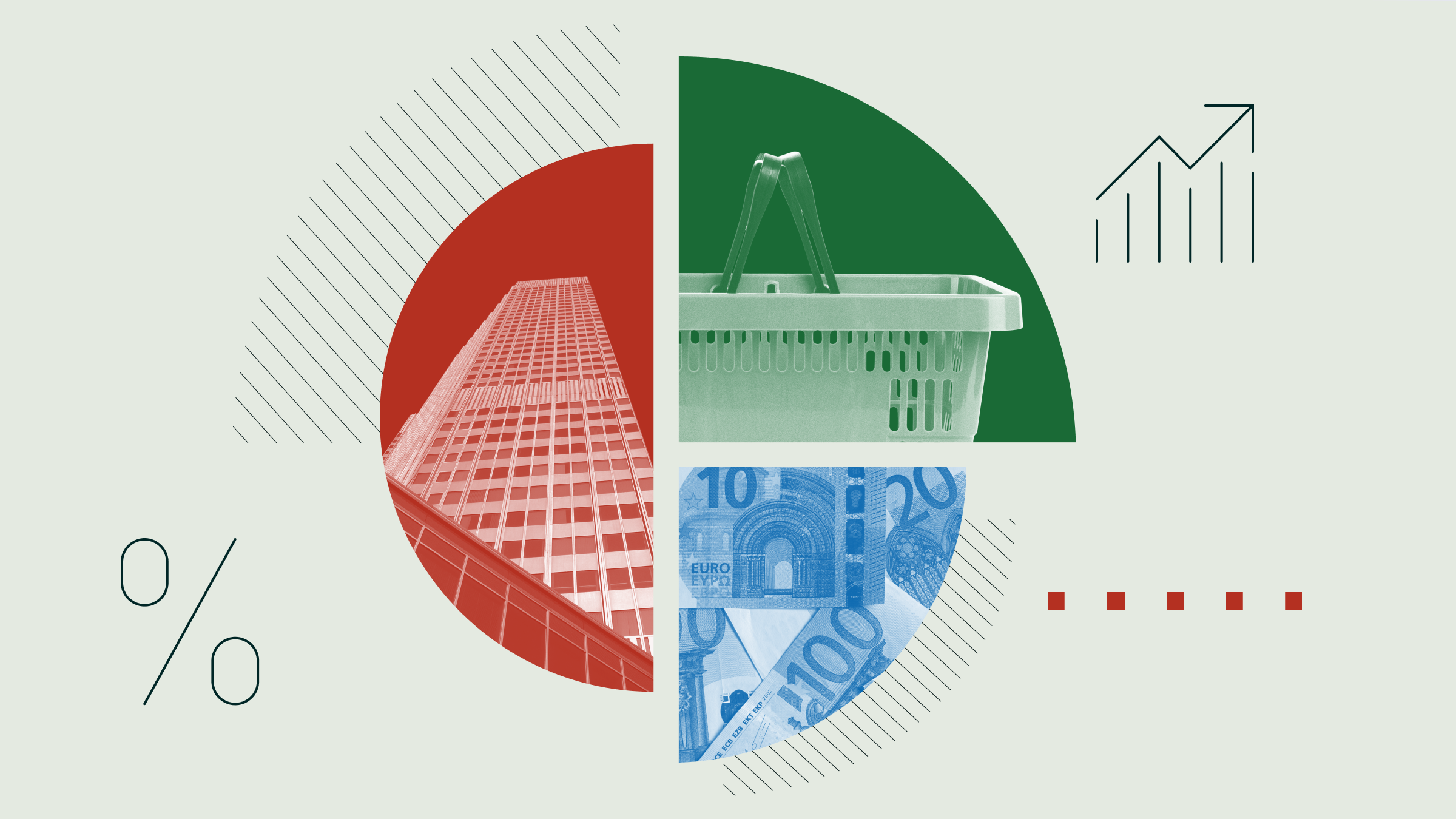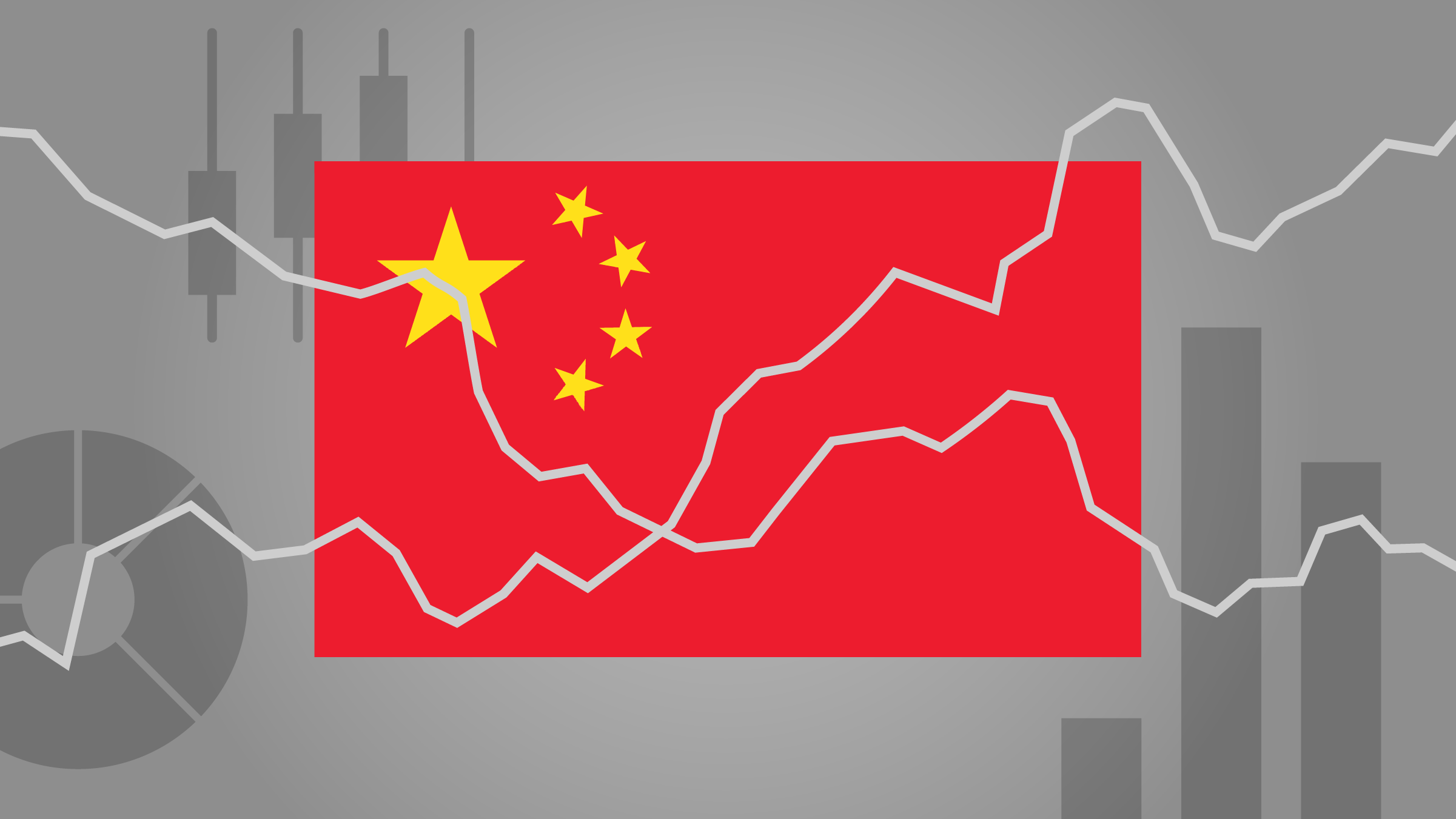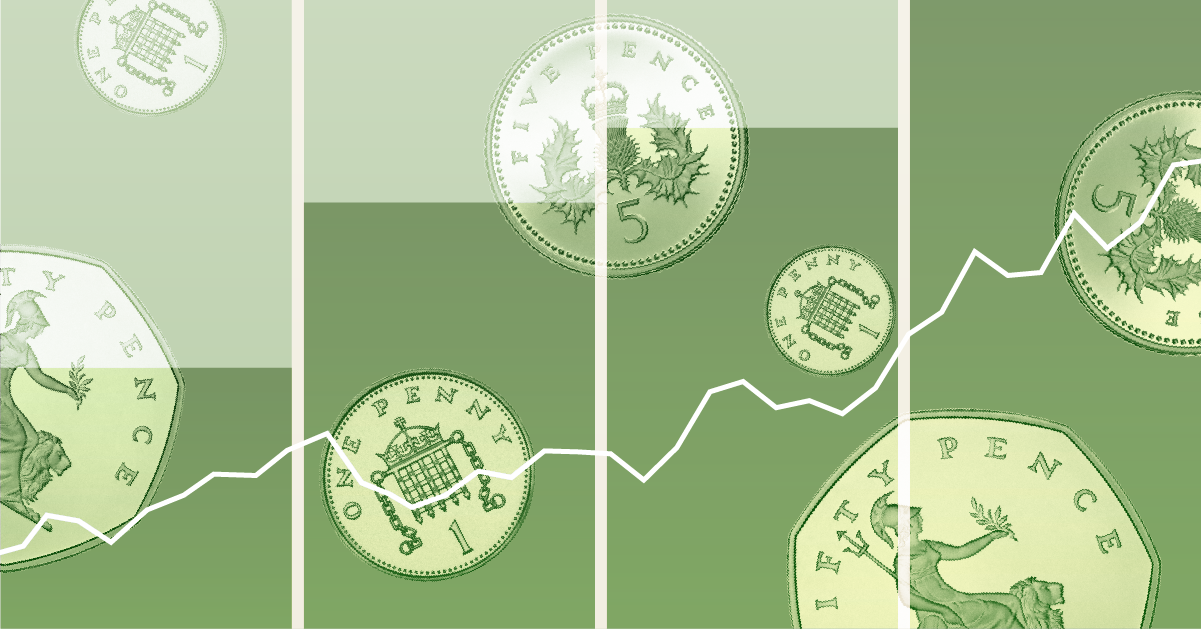On December 10, Vanguard launched four new European-domiciled actively managed ETFs which provide global exposure to four factors – value, liquidity, momentum and low volatility.
For a number of reasons, Vanguard’s move has confounded industry observers. After all, the company is essentially known in Europe as a passive manager, and one that has prided itself in offering broad, plain-vanilla exposures. While funds looking to harness equity factors are proliferating, they remain a nebulous concept for most investors. Factor investing, also known as ‘smart beta’ in the passive world, is anything but simple. Quite the contrary, it requires a great deal of education and due diligence.
Moreover, while Vanguard has in the past shared plans to grow an active business in Europe – as it already has in the US – some may find it surprising that it has chosen to do it using the ETF wrapper.
Yet, I think Vanguard’s move is bold and innovative.
Riding Two Waves
By launching a range of active factor ETFs, the firm looks to ride two waves at the same time: smart beta and active ETFs. These are two areas with huge growth potential, though moving at very different speeds.
Smart beta, which we at Morningstar refer to as ‘strategic beta’, has seen explosive growth in recent years. According to Morningstar data, today there are close to 200 strategic-beta exchange-traded products (ETPs) in Europe, with collective assets under management of about €30 billion, representing some 6.2% of the overall European ETP market. The commonality between all these products is that they track rules-based indices and are therefore passively managed.
In stark contrast, there are only 13 actively managed ETFs in Europe, with assets of €5.8 billion, accounting for just 1.2% of the market. Of these 13, only a handful of fixed income funds have succeeded in attracting assets so far. The two PIMCO Short Maturity Source ETFs and the Lyxor Smart Cash ETF have been particularly successful. Unsurprisingly so, perhaps, given the current context of rock-bottom money market rates - negative in some cases, e.g. Europe. It’s hardly difficult to offer returns over those market rates.
The reality is that the market for active ETFs is a tough nut to crack, as a number of companies have learnt at their expense. Recently, Swiss & Global Asset Management closed its range of actively managed 'Julius Baer smart equity’ ETFs after struggling for two and a half years to gather assets. Deutsche Asset & Wealth Management also retired its only active ETF, the db x-trackers SCM Multi-asset ETF, offered in partnership with London-based fund manager SCM Private.
This begs the question: why has Vanguard chosen to offer factors in an active form, rather than in the more in vogue ‘strategic beta’ index form? It must be the case that Vanguard believes factors cannot be captured perfectly in a strict rules-based manner. By taking an active approach, the firm gives itself the flexibility to bend the rules and circumvent the constraints that characterise index-based strategic-beta strategies, chief among which is the obligation to rebalance and/or reconstitute the portfolio at set dates.
Failed attempts aside, active ETFs have a lot going for them. Straddling the active-passive divide, actively managed ETFs are designed to offer the best of both worlds by providing transparent, low-cost and liquid access to active managers.
Besides, in Europe, unlike in the U.S., there is no specific regulatory permission required to offer actively managed ETFs.
So, Why Aren’t There More of Them?
The sector faces a number of challenges, the biggest of which is transparency. Many active managers – particularly in the equity space – are reluctant to disclose portfolio holdings on a daily basis, as would be required to ensure the efficient functioning of an ETF. They worry that revealing their ‘secret sauce’ would make them vulnerable to investors front-running their trades or shadowing their portfolios.
Another challenge is simply for ETF providers to find reputable managers with proven alpha-generating ability. Fees also remain an issue. Active ETFs may be cheaper than traditional actively managed mutual funds, but they are also significantly more expensive than their passive peers.
It seems, however, that Vanguard won’t face any of these problems. For starters, daily portfolio disclosure is not an issue for the new ETFs, as they follow an active rules-based approach using quantitative models, but where managers have discretion over portfolio turnover. While some investors may try to replicate the signals generated by the models, they won’t be able to replicate accurately what, and, crucially, when, the managers are trading.
Secondly, Vanguard is confident that its position as one of the world’s largest mutual-fund companies and its reputation for putting investors’ interest first will be enough to attract new money. They have the know-how and don’t feel the need to partner with anyone. More importantly, this “we’ll do it ourselves” approach allows the firm to keep fees on a tight rein. With an annual fee of 0.22%, the new equity factor ETFs are undoubtedly cheap, even compared with index-based ETFs that track similar strategies.
So will Vanguard be successful where others have failed? Will it pave the way for more active ETFs in Europe? Only time will tell. Patience may be required though, as investors typically wait two to three years for an active manager to build a track record.











